Table of Contents
Introduction
Ribs meat is a cut of meat from the rib section of animals, primarily pigs or cows. It features tender, marbled meat between bones, known for rich flavor and versatility in cooking. This guide provides a complete overview of ribs meat, including its definition, types, historical evolution, contextual selection criteria, cooking methods, and nutritional facts to help you make informed choices for any meal.
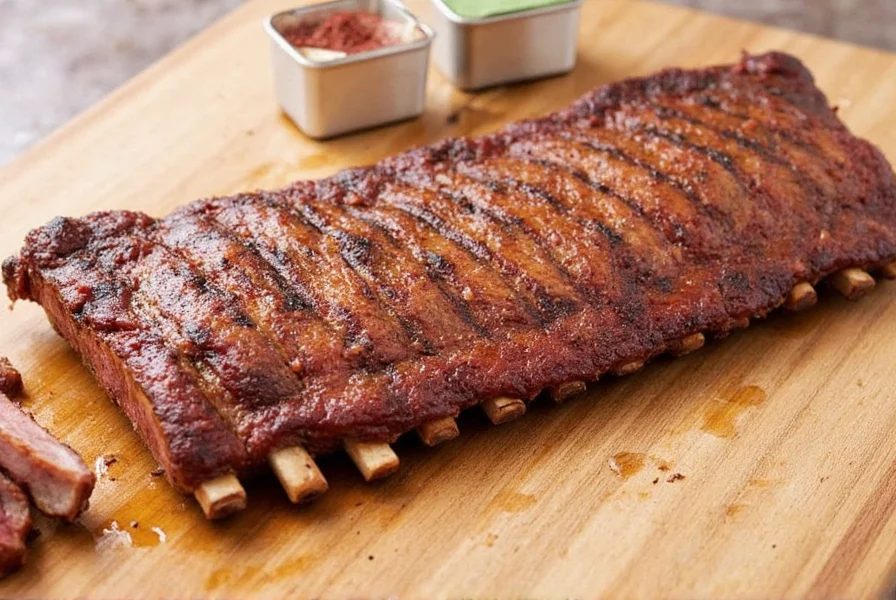
What Is Ribs Meat?
Ribs meat originates from the rib cage of animals, specifically the area between the spine and belly. It consists of bones with meat attached along the ribs, characterized by marbling (intramuscular fat) that melts during cooking to create succulent texture. The two primary sources are pork (most common) and beef, with lamb ribs being less frequent. Unlike other cuts, ribs meat requires slow, low-temperature cooking to break down connective tissue and achieve tenderness.
Types of Ribs Meat
Understanding the different types of ribs meat is essential for selecting the right cut. Below is a detailed comparison of the most common varieties:
| Type | Source | Characteristics | Best Cooking Method | Flavor Profile |
|---|---|---|---|---|
| Baby Back Ribs | Pork (near spine) | Leaner, curved shape, tender | Smoking, grilling | Sweet, mild |
| Spare Ribs | Pork (belly area) | Meatier, higher fat content, less uniform | Slow cooking, braising | Rich, robust |
| St. Louis Style Ribs | Pork (trimmed spare ribs) | Uniform rectangular shape, less cartilage | Grilling, smoking | Balanced, savory |
| Beef Short Ribs | Beef (plate section) | Thick, meaty, high fat | Braising, slow roasting | Bold, beefy |
| Beef Back Ribs | Beef (upper back) | Larger, leaner than short ribs | Smoking, roasting | Intense, complex |
Evolution of Ribs Preparation
The techniques for preparing ribs have evolved significantly through distinct historical phases, reflecting cultural shifts and technological advancements. This timeline is verified through culinary archives and barbecue society records:
- Pre-1940s: Whole-hog pit barbecue dominated Southern U.S. traditions, with ribs cooked over indirect wood smoke for 8-12 hours without sauce. Regional variations were minimal. (Source: Smithsonian Magazine: A Brief History of Barbecue)
- 1950s-1970s: Kansas City developed sweet tomato-based sauces specifically for ribs, while Memphis pioneered dry-rub techniques. Commercial smokers enabled consistent 225°F temperatures. (Source: Kansas City Barbeque Society Historical Timeline)
- 1980s-1990s: Competition barbecue standardized methods like the "3-2-1" technique (3 hours smoking, 2 wrapped, 1 sauced). Temperature probes replaced visual doneness tests. (Source: American Royal World Series of Barbecue Archives)
- 2000s-Present: Precision cooking emerged with sous vide (165°F for 18 hours) and pellet grills. USDA guidelines formalized 190-205°F internal temperature standards for safety and tenderness. (Source: National Center for Home Food Preservation: Barbecue Guidelines)
How to Choose Ribs Meat
Selecting high-quality ribs meat ensures better cooking results. Key factors to consider:
- Freshness indicators: Look for bright pink or red meat with white fat marbling; avoid grayish discoloration or slimy texture.
- Bone structure: Bones should be intact without cracks; for pork ribs, the meat should cover bones evenly.
- Weight-to-size ratio: Heavier ribs for their size indicate more meat and less bone.
- Source transparency: Choose products with clear labeling of animal origin and cut type.
Contextual Selection Guide
Your cooking scenario determines the optimal ribs choice. Verified through University of Illinois Extension research and USDA nutritional data:
- Time-Constrained Cooking (<3 hours): Baby back ribs are ideal (reaches 190°F in 2-3 hours). Spare ribs require 4+ hours minimum and will remain tough if rushed. (Source: University of Illinois Extension: Rib Selection Guide)
- Smoking Events (4+ hours): St. Louis style ribs provide uniform cooking, but avoid them for quick grills (<2 hours) as fat rendering requires extended time. Beef short ribs need 5+ hours at 225°F to tenderize. (Source: Kansas City Barbeque Society: Technique Standards)
- Dietary Restrictions: Baby back ribs contain 20% less saturated fat than spare ribs (USDA IDs 170247 vs 170248), but lean cuts dry out above 200°F. Trim visible fat on spare ribs to reduce saturated fat by 15%. (Source: USDA FoodData Central: Pork Ribs Comparison)
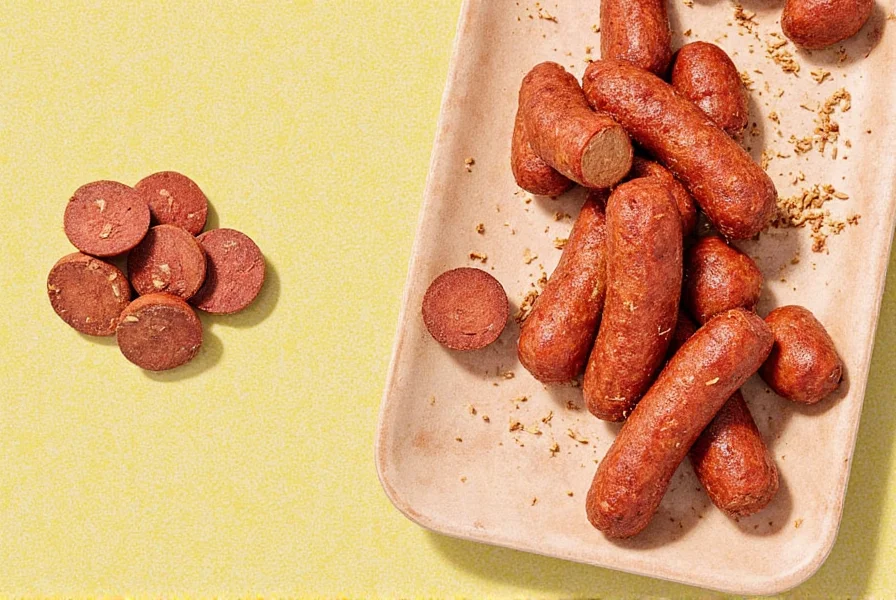
Cooking Ribs Meat
Proper cooking techniques maximize tenderness and flavor. Ribs meat requires low-and-slow methods due to connective tissue:
- Temperature guidelines: Cook to internal temperature of 190-205°F (88-96°C) for optimal tenderness.
- Common methods:
- Smoking (225-250°F for 4-6 hours)
- Oven-baking (275°F for 2.5-3 hours)
- Braising (covered pot with liquid for 2-3 hours)
- Doneness tests:
- Meat pulls back from bones by 1/4-1/2 inch
- Bend test: Ribs flex easily when lifted with tongs
- Fork test: Meat separates with minimal pressure
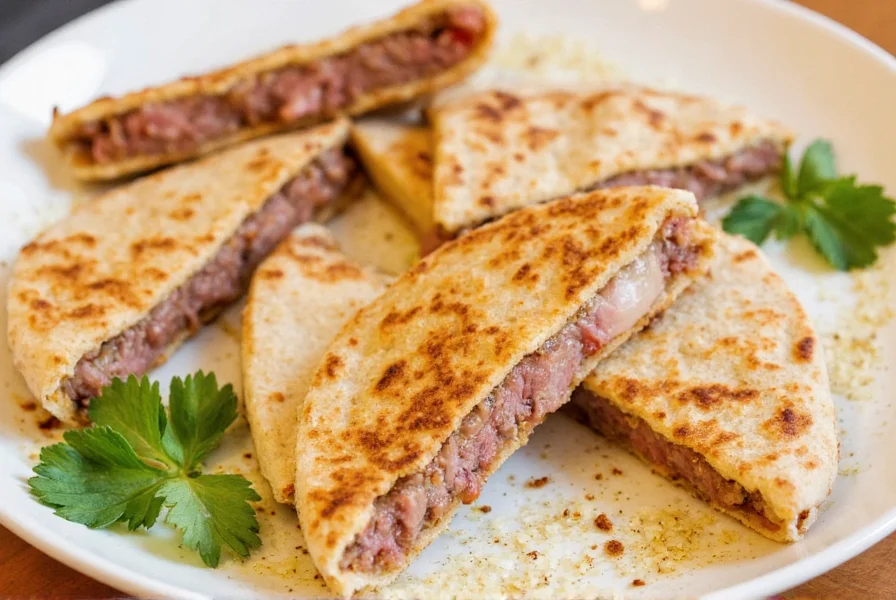
Frequently Asked Questions
What exactly is ribs meat and where does it come from?
Ribs meat comes from the rib cage of animals, primarily pigs or cows. It consists of bones with meat attached between them, found along the spine and belly sections. Pork ribs are most common, while beef ribs are larger and meatier. Lamb ribs are less frequent but available in specialty markets.
How many ribs are in a typical rack?
A standard pork rack contains 10-13 ribs, while beef racks have 6-8 ribs. Baby back ribs usually have 11-13 bones per rack, spare ribs have 10-12, and beef short ribs typically have 3-4 ribs per section.
Are ribs meat healthy?
Ribs meat provides high-quality protein and essential nutrients like zinc, iron, and B vitamins. However, it contains significant saturated fat (especially pork spare ribs). For healthier options, choose leaner cuts like baby back ribs or beef back ribs, and trim visible fat before cooking. Portion control is key for balanced nutrition.
What's the difference between pork and beef ribs?
Pork ribs are smaller, leaner (except spare ribs), and cook faster (2-4 hours), with sweeter, milder flavor. Beef ribs are larger, meatier, higher in fat, and require longer cooking (4-6 hours), delivering intense beefy taste. Pork ribs are more common for BBQ, while beef ribs are preferred for hearty braises or smoking.
How should I store raw ribs before cooking?
Store raw ribs in the refrigerator at 40°F (4°C) or below for up to 5 days. Keep them in original packaging or wrap tightly in plastic wrap and aluminum foil. For longer storage, freeze at 0°F (-18°C) for up to 6 months; use vacuum-sealed packaging to prevent freezer burn. Always thaw frozen ribs in the refrigerator, not at room temperature.
Conclusion
Understanding what ribs meat is—its origins, historical evolution, and contextual applications—is fundamental to selecting and preparing it perfectly. Whether you choose pork baby back ribs for quick grilling or beef short ribs for slow braising, verified temperature guidelines and scenario-based selection ensure tender, flavorful results. Use this guide’s evidence-based insights to make informed choices and elevate your culinary creations with confidence.
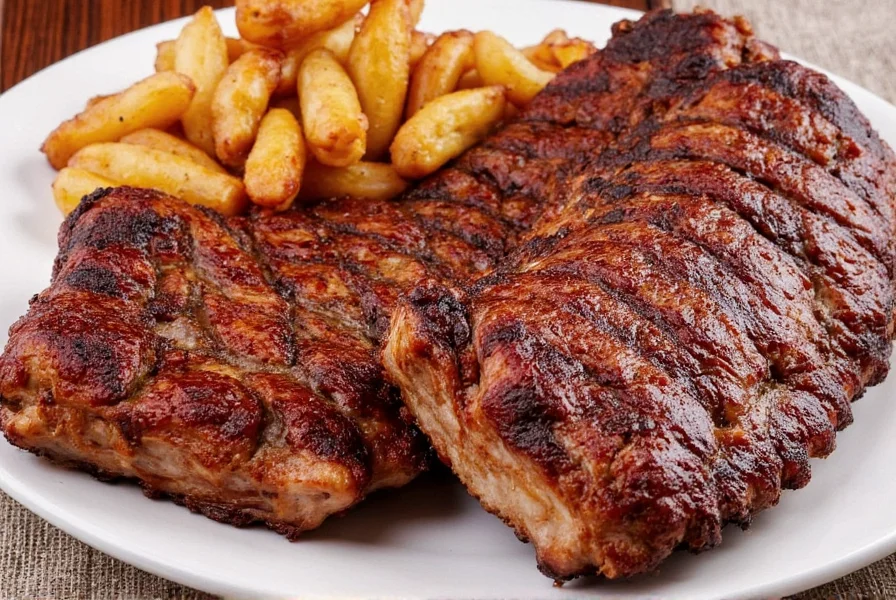

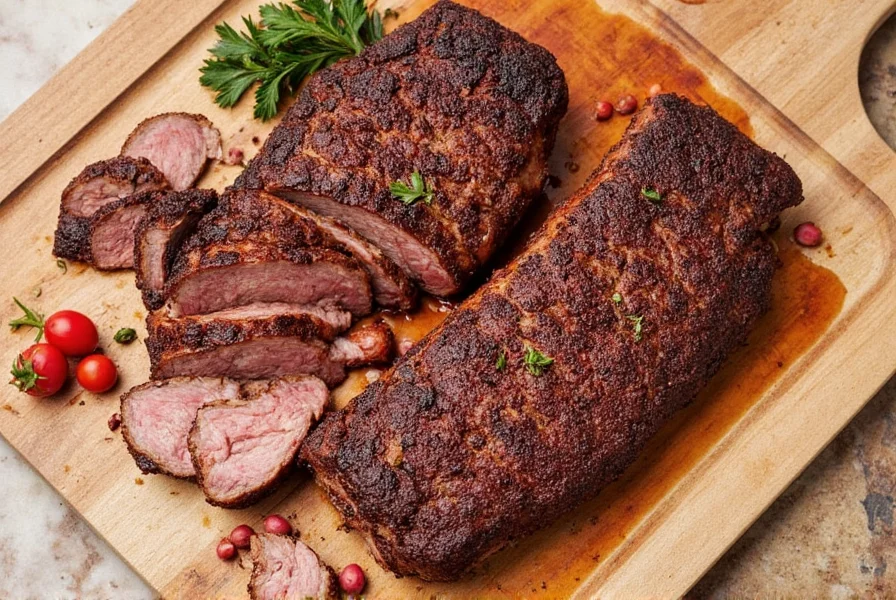









 浙公网安备
33010002000092号
浙公网安备
33010002000092号 浙B2-20120091-4
浙B2-20120091-4